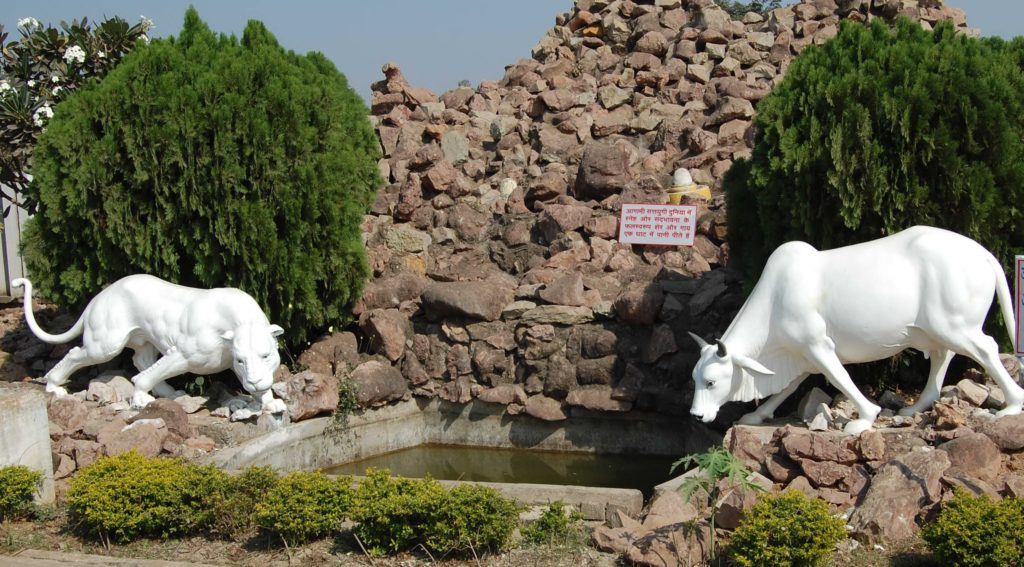सत्यम्ब्रूयात् प्रियम्ब्रूयात् न ब्रूयात्सत्यमप्रियम् ।
One must speak truth since truth is the first principle for mankind .But one should not speak unpleasantly even though the matter may be truth. In this regards, old Indian writings emphasize too much. Shree Adi Shankaracharya always encouraged questioning the methods and systems involved in the Indian rituals. He travelled throughout India participating in shastrartha vagvada charchas, meaning hot debates, arguments like court trials, in the presence of the then rulers of the land.
One of the creations of Shree Adi Shankaracharya (read more here) is a famous book named Sharada Tilakam. It deals with the various worshipping methods to get rid of one’s accumulated sins, so that in later periods, one may not suffer due to the past sin burdens. Maintenance of truthfulness in life is the first obligation and foremost desired human quality to have full benefits of life and achieve higher levels of importance in society. His Sanskrit arguments of verses termed as Advaitha principle. His strong quotation was from the Bhagavadgeetha:
ममैवाम्शो जीवलोके जीव भूतः सनातनः
This part of Sanskrit verse means, it is the ultimate truth of life that our life soul is a part of the universal soul. When it gets enlightened, the person would become God. But he must regard truth as the unavoidable principle of life.
Mythology also advocates in India that everything is to be tested and proved before reaching the inference.
Vasishta, the holy sage, said in the meeting of Devendra that, Satya Harischandra is the king who always leads truthful life. But Vishwamitra, the other sage desired to test and prove it before declaring him as fully honest and an ardent follower of truth. Various plots were created by the sage Vishwamitra against Satya Harischandra and his family members to trap him, but found him to be genuinely truthful and finally approved him.
Satya Harischandra lived under the lineage of Sri Rama at Ayodhya. It is better to read his story in the month of Karkataka as a part of Ramayana series and it would be available in this site.
Milky white colour is the symbol of truth. Truth is represented through various instances in the Indian culture. The white colour in the Indian tricolour flag represents peace and truth. The colour of cow’s milk is white, symoblising truth. The story of Punyakoti, the cow keeping her promise to a tiger, is the ultimate representation of truth.

The following verses from Vishnu sahasranama and Mahalakshmi stotram respectively also signifies truth.
शुक्लाम्बरधरं विष्णुं शशिवर्णं चतुर्भुजम् । प्रसन्नवदनं ध्यायेत् सर्व विघ्नोप शान्तये ॥
It means, we meditate on Vishnu wearing white clothes and having a pleasant outlook for the successful completion of our task.
श्वेताम्बरधरे देवी नानाऽलन्कार भूशिते । जगत् स्थिते जगन्माते महालक्ष्मी नमोस्तुते ॥
It means that, we bow down to Mahalakshmi, the mother of universe, wearing white dress and having various ornaments.
From the Upanishad, as Shree Shankaracharya says,

0 Comments
2 Pingbacks